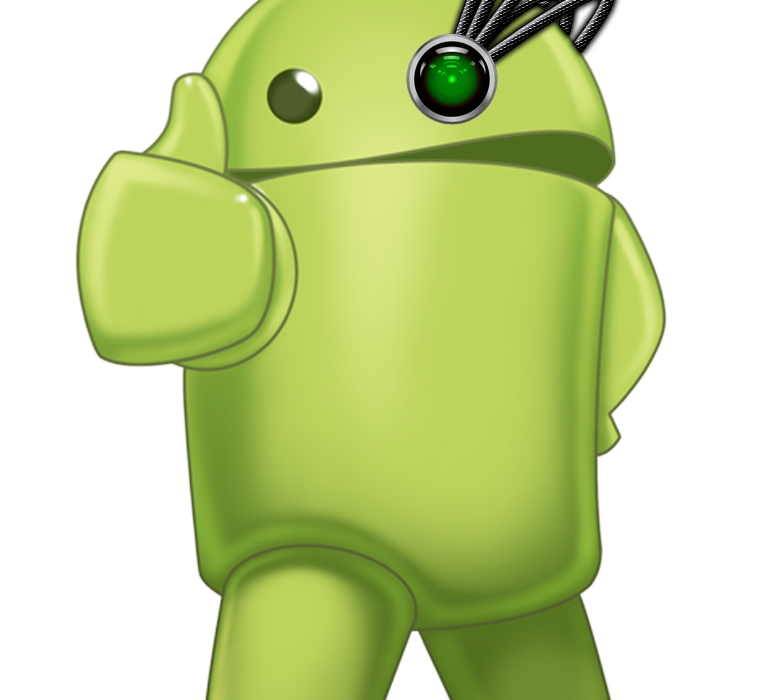Yo reviewed the OnePlus Pad When it came out last year, while I really liked the hardware, there were a lot of issues with the software. OnePlus fixed these shortcomings via software updates in the following months, and the Pad became one of the best tablets in its class.
OnePlus continues that momentum with the Pad 2. The tablet is bigger, much more powerful, has better sound and better connectivity. But what gives it a noticeable advantage is that the software doesn't feel half-baked out of the box, and that's a refreshing change of pace.
Cabling
In CablingAC Senior Editor Harish Jonnalagadda delves into all things hardware, including phones, audio products, storage servers, and routers.
The Pad 2 ditches the distinctive green colour scheme and instead comes in a grey option that doesn’t quite have the same design flair. That said, the build quality is fantastic and the aluminium chassis, along with the curved sides and rounded edges, make the tablet comfortable to hold and use. While it weighs 584g, I didn’t notice the weight with regular use.
Basically, the Pad 2 doesn't look or feel like a mid-range tablet, and OnePlus did a great job with the overall design. Dominating the front is a 12.1-inch LCD panel that goes up to 144Hz and plays Dolby Vision content. While an AMOLED panel, like the one on the OnePlus 12 — would have made the tablet much more attractive, would have significantly increased the cost, and for now, OLED displays remain the province of flagship tablets.
While not an OLED, the LCD panel has good colors and excellent brightness figures, and the 3:2 aspect ratio is ideal for my use case. I do a lot of reading on tablets, and the screen is great for reading books or long-form content. I'm still annoyed that the reading mode feature found on the Legacy OxygenOS Builds haven't made it to the ColorOS era, as that would have made a significant difference to my use of the Pad 2.
The 12.1-inch panel is also great for streaming content, and the improved audio with six drivers manages to deliver detailed sound without distortion even at high volumes. It doesn't have the same color intensity as the iPad Probut it costs less than half, so for what you pay in the end, you get a good quality panel and impressive integrated sound.
I didn't see any issues with gaming either; the Pad 2 is equipped with the Snapdragon 8 Gen 3 and comes with 8GB of RAM as standard, and it runs demanding titles without any issues. The panel technically goes up to 144Hz, but that's just marketing; in regular use, it doesn't go above 120Hz, and like every other device running OxygenOS, games are capped at 60fps.
That said, there’s no lag or judder in screen-intensive games, and the Pad 2 does everything it needs to do when it comes to performance. Battery life is similarly excellent, with the Pad 2 easily delivering ten hours of video playback between charges. The tablet charges at 67W, and a full charge takes less than an hour, which is better than almost any other device in the mid-range segment.
Most Android tablets have great hardware, but it's the software that remains the differentiator, and there's a lot to appreciate in this area on the Pad 2. The tablet runs OxygenOS 14.1 based on Android 14and you'll find the usual tablet-focused additions that maximize space, including a dock, a split notification panel, tabbed browsing, and a dual-pane view in Gmail and messaging clients.
But what I like most about the tablet is the Open Canvas multitasking; the mode lets you have up to three windows side-by-side and is very easy to use. The software itself is fluid in daily use – I didn’t run into any bugs in the month I used the Pad 2 and it’s much better than last year. The tablet will receive four Android OS updates, and while it won’t receive updates as quickly as OnePlus phones, it will make the switch to Android 18 when it’s available.
Of course, there are some omissions: there's no biometric authentication, there's no vibration motor, and the Pad 2 has no MicroSD slot. These are inconvenient, but they ultimately don't hinder the tablet's use, and the caliber of the hardware more than makes up for the omissions.
OnePlus has also done a good job with accessories, and the Stylo 2 is much better. The stylus has a textured finish that feels great, and it has increased pressure sensitivity, making it a good choice if you want to take notes or draw. I'm not as fond of the Smart Keyboard; it uses a detachable design this time around, and the stand is built into the back cover, making it awkward to use.
While the keys are better than last year's, there's still no backlighting and the detachable design isn't very comfortable to use. Unlike the iPad, you don't get as many external accessories with the Pad 2, so you're limited to the Smart Keyboard if you need a keyboard accessory.
Android tablets have seen a resurgence over the past couple of years, and there are a good number of options if you need a budget or mid-range device. Priced at $499 for the 12GB/256GB variant, the OnePlus Pad 2 is one of the most powerful options you can buy in this category, and has a gorgeous display, detailed sound, top-notch hardware that's great for gaming, and exceptional battery life.
The Pad 2 has one of the best hardware packages in its class, and the software is much better than last year's.
